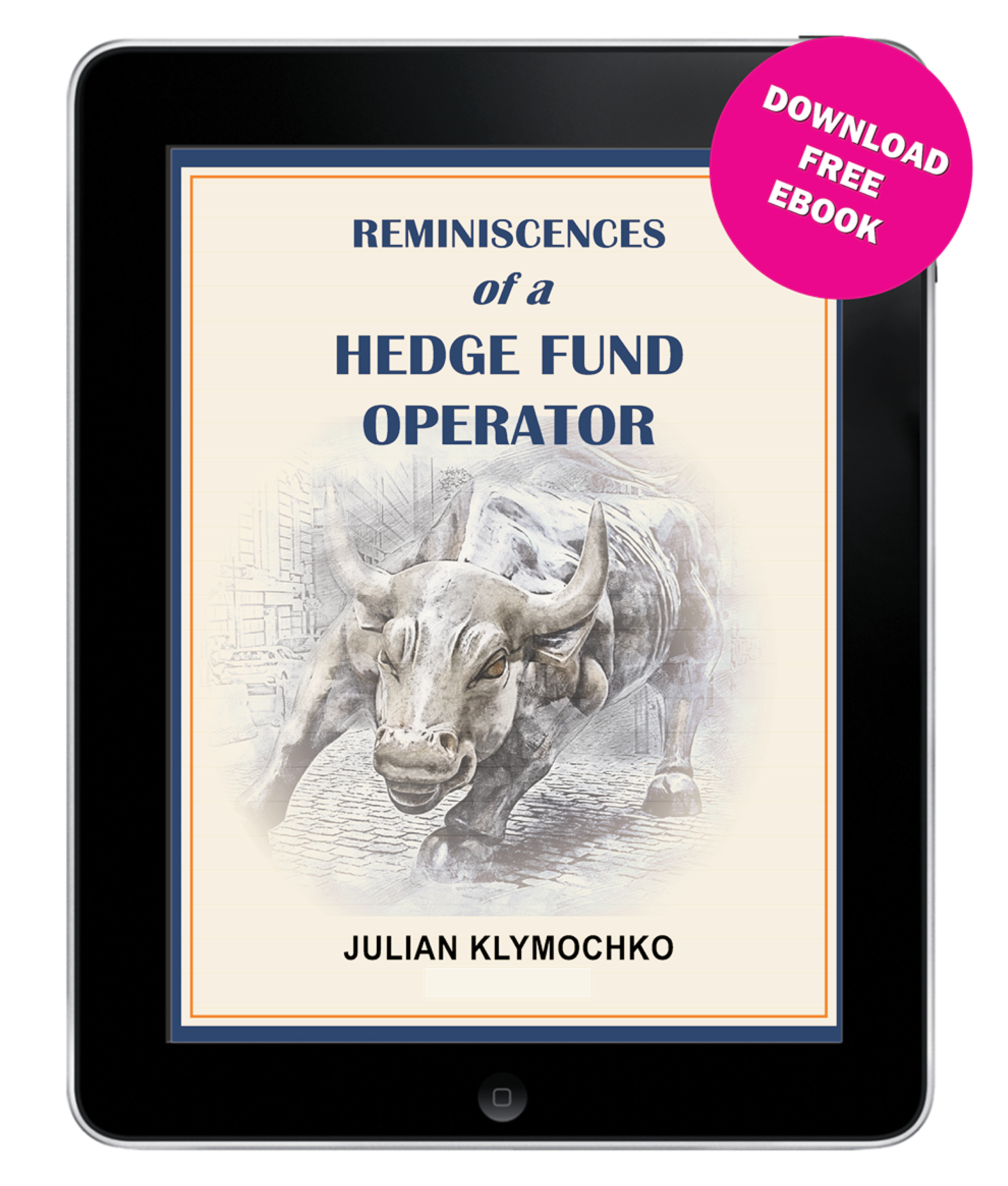May 26, 2020 – In what seems like ages ago, back in February, I prognosticated regarding a new movement in investment management in a piece titled, “Alpha + Beta: The Next Frontier In Investment Management.”
In the piece, I discussed a potentially superior form of traditional index investing, in which I stated that “Alpha + Beta represents one of the latest innovations in investment management because it offers a considerable improvement over the traditional index.” I also posited that “enterprising investors who take advantage of the opportunity to allocate to Alpha + Beta early in its growth stage will be rewarded.”
The Accelerate Enhanced Canadian Benchmark Alternative Fund (TSX: ATSX) is the only Alpha + Beta product on the market (that we know of). ATSX just finished its 1-year anniversary of the launch and I believe it is a prescient time to revisit the topic.
What is Alpha + Beta Investing?
Alpha + Beta refers to a strategy that combines the index returns (“Beta”) with a long-short multi-factor overlay portfolio (“Alpha”).
What makes this strategy great, conceptually, is it combines two major psychological forces to the benefit of investors:
- The Beta component of the strategy tracks the index, therefore, the strategy’s return exhibits a reasonable correlation to the broad market index. This allows investors to stick with the strategy long-term by eliminating the psychological challenges that accompany strategies that deviate too much from the index.
- The Alpha component, as represented by a long-short multi-factor overlay portfolio, not only adds long-term upside given the overweighting of securities with the highest expected return but mitigates downside risk by short-selling securities with the lowest expected return. This provides investors with additional performance along with risk-mitigation characteristics.
Generally, Accelerate implements Alpha + Beta as follows:
- 100% index exposure,
- 50% exposure to the long multi-factor overlay and,
- 50% exposure to the short multi-factor overlay;
Alpha + Beta in the Real World
The reasoning behind why an investor would want to consider adding Alpha + Beta to their portfolio is twofold:
- Outperform the index over the long-term, and
- Exhibit lower downside participation compared to the index;
How has Accelerate’s Alpha + Beta strategy, ATSX, performed over the last 12 months since it launched?
In a highly volatile and varied market environment, which included the fastest bear market decline of all-time during the coronavirus-led market panic and Black Thursday when the S&P/TSX Composite Index experienced its largest one-day decline since 1940, Alpha + Beta performed as expected.
 Source: Accelerate, Bloomberg
Source: Accelerate, Bloomberg
Over the past year since ATSX launched, it generated a 1.7% return compared to a -4.3% loss for the TSX 60 Index, inclusive of dividends. ATSX outperformed the benchmark by 6% over the past 12 months, while exhibiting lower volatility of 31.7% compared to 32.3% for the benchmark equity index. In addition, ATSX had a lesser maximum drawdown of -37.5% compared to -39.8% for the index. When markets suffered a violent drawdown in March, ATSX had a downside capture of just 85.6%.
While beta’s return was negative over the past year, the alpha portion of the strategy added 600 basis points of outperformance while mitigating volatility and reducing downside capture. This is what Alpha + Beta was designed to do.
With respect to Alpha + Beta’s value proposition, in February, I wrote, “the combination of its track record of outperformance and risk mitigation effects, along with its index-tracking ability which allows investors to stick with it, makes an allocation to Alpha + Beta a compelling proposition.”
This statement remains true today. While perhaps Alpha + Beta may not serve as an investor’s core portfolio allocation, it may be considered as a value-added satellite position within a portfolio due to its track record of outperformance along with risk mitigation characteristics.
-Julian



